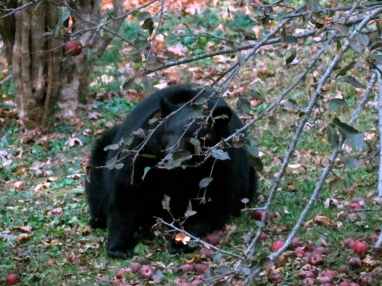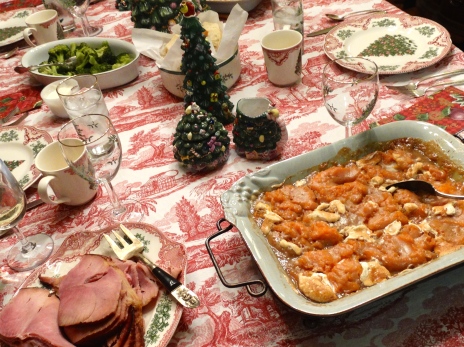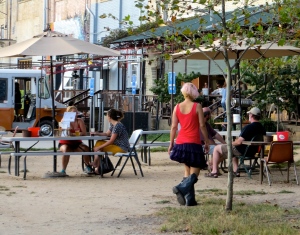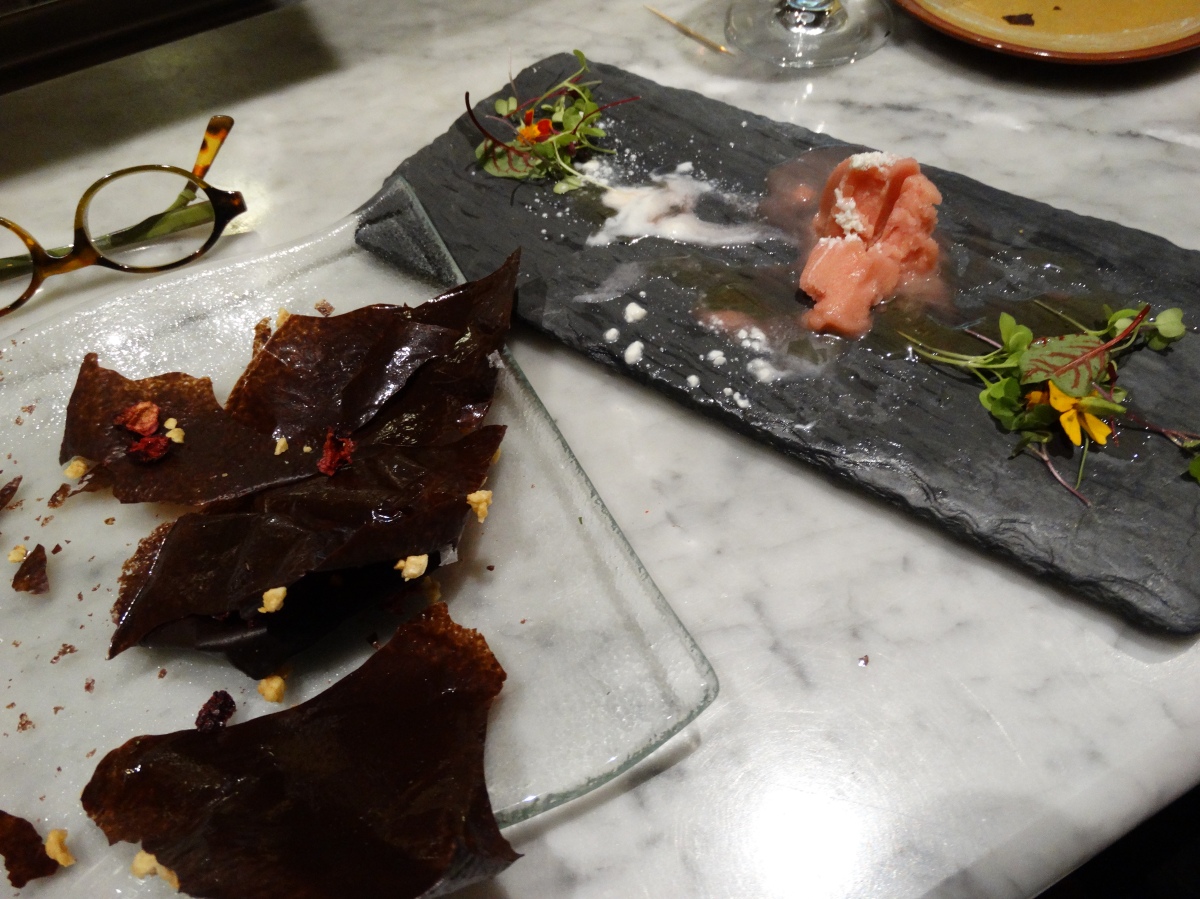Not long after I moved to Asheville, I met an extraordinary and courageous photographer named Moni Taylor, who shared with me not only her insights into Appalachian ways of being and culture, but also her unique (and many!) perspectives on life.
We met one another at a coffee shop just down the hill from my house and right away got to talking about photography.
At the time, Moni lived in a charming cottage that was the architectural and handcrafted embodiment of her own personality –

she called it her little”hobbit house.”

A few days after we met, she invited me over to her house to show me some of her latest work.
Shot primarily in black and white, the subject matter was so upsetting, I could hardly bear to look at it. At the same time, I could hardly look away.
Moni was working as a neonatal nurse at the local hospital when I met her. And that was where she captured her most moving photographs.
With love and great compassion, Moni Taylor had documented the tiniest of lives – the ones that lasted only moments.
What began as a gift of memories for one set of grieving parents grew over time into a series of portraits of lost babies, a collection of photographs she eventually put together in a book with the poetry of her thoughts on loss and remembrance.
Moved by her work, I wrote a feature article on Moni and her photography for Mountain Xpress, a local paper.
In addition to our talks about photography, I learned a lot about life from Moni. I loved our coffee shop chats. I loved the hours spent sitting curled up in an easy chair at her place, or mine, sipping tea, listening to her stories.

I could listen to her thoughts on people and men and life and the world for hours. She has a colorful manner of speaking that is unique, even by Appalachian standards.
But by the time I’d met Moni, she was growing restless with life in our small town. Her kids were grown and she was ready to get back to traveling as much as possible. She was ready for new adventures.
After some thought, she decided to join the Peace Corps.
“I had been thinking about a life change and the Peace Corps was definitely on my brain. I thought about it when I was younger and then life stepped in,” she told me. “But now it’s a perfect time for me to wander.”
Much to her surprise, Moni was assigned to Malawi – the third poorest country in the world.
The idea of a nurse/photographer from Appalachia setting out to help people half way around the world seemed to me like a great storyline for a documentary film.

And so, with the help of friends, we began documenting her life in the weeks leading up to her departure as she said goodbye to friends and family.

Before leaving Asheville, Moni did something people around here often do,
but that she herself had never done before –

She got a tattoo.
And not a small one either.
A devout Catholic, Moni had the likeness of the Virgin Mary inked into her skin, along with the names of her four children.

“So the Blessed Mother will always have my back,” she said with a grin.
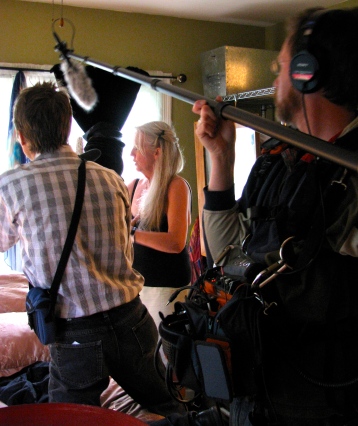
And then, Moni set off for two years in Africa with her backpack, her camera and a heart full of good intentions.
“When it comes to travel and adventure, I am fearless,” she said, shortly before leaving.

“I took my daughter to see the Grand Canyon when she was ten, just because I wanted her to see it. And we drove. And people said, ‘Why didn’t you fly?’ And I said, because I wanted to see the earth between here and there. And it was fascinating and I loved it.
“So as far as being fearless and doing things, I’ve always had that.”
“And I never have ever regretted one dime I’ve ever spent on travel. It just feeds your spirit, it adds layers to your soul. And adds layers to your whole life that nobody can take away.”

“And so I’m convinced I will come back richer and fuller. And it’s going to be okay.”
After she arrived in Malawi, one of her first discoveries was that her nickname – Moni – means “hello” in the local dialect.
What a perfect name for the film on this rare bird from Appalachia, I thought –

“A Woman Named Hello.”
I started making plans to visit her in Malawi to continue documenting her story.
But the emotional and physical realities of a Peace Corps life in one of the world’s poorest country took their toll on her spirit.
“I miss all that wonderful stuff that is the complete support of the best friends…” she wrote in the journal she kept of her experiences there. “I need it like air these days …..

This environment is so different than any I could ever imagine myself living in ….. I have thought a million times, ‘why was I sent here?'”
Disheartened and ill, Moni left Africa and the Peace Corps before I could get there.
These days, she continues to travel and share her nursing skills, her passion for photography, and her Appalachian-rooted world view with people in different cultures and countries.
Periodically – and always without warning – Moni will appear on my doorstep and tell me all about her latest adventures.
[All photography by Kristin Fellows with the exception of the black & white photo, which is by Moni Taylor, and the one of Moni in Malawi, for which I have no photo credit]







































